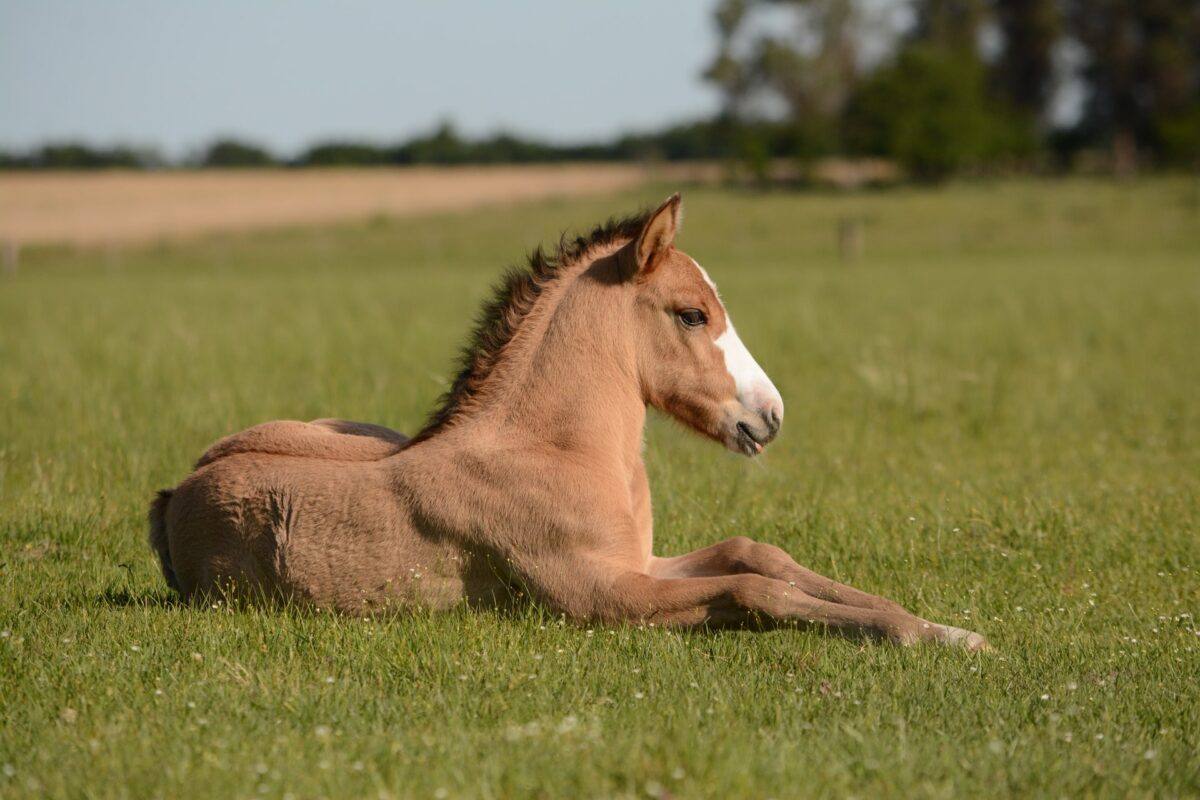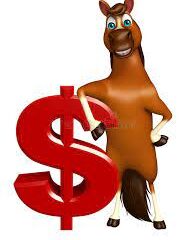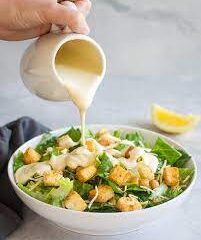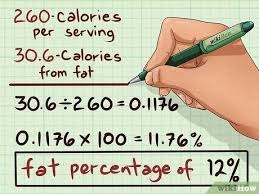Supplementing Forage Diets for Horses

There is no better core diet for horses than forage in all its forms. Pasture, grass hay, legume hay and forage replacements like beet pulp are an essential part of a healthy diet for our equine friends. Without a doubt the large majority, at least 80%, of what a horse eats should be forage.
What type of forage and quantity will be subjects for future discussion but for this article emphasizing the importance of forage is sufficient.
The question is will a modern domesticated horse thrive on forage alone?
Forage Only or Forage First?
Forage Only
“Forage only” should define a diet that consists exclusively of pasture or hay. Many people who claim to feed forage only diets are using numerous supplements to fill in the nutritional gaps in forage. Therefore, in the purest sense of the term these diets are NOT “forage only”.
Many times “forage only” means “grain” free. Referring to today’s high quality performance horse feeds as “grain” is not at all accurate. The days of a bucket of oats or sweet feed are long gone.
If we kept a horse to do nothing but live out it’s normal days all we need do is provide adequate forage and water for them. They would probably be comfortable until their late teens or so. They wouldn’t have a great topline and their hooves and coat may not be the greatest but the horse would have a fair quality of life.
Forage First
Once we finally cave into the fact that forage only diets aren’t going to support our domesticated horses at the level of our expectations for health, performance and longevity we can agree on a “forage first” diet.
I would define “forage first” as a diet which ensures that a horse is fed the maximum amount of quality forage daily. Depending on breed and workload forage will provide sufficient calories to maintain a healthy weight for most horses. Many horses and ponies will actually need to have their forage restricted in order to remain at a healthy weight (as Flair stares balefully at me from her stall window since she hates her mornings with the slow feed net).
However, to ensure horses receive all the amino acids, protein, vitamins and minerals in a perfectly balanced diet they will require supplemental feeding. Porky pasture pets (alliteration!) will only require supplemental nutrients in order to be healthy. Horses that have workloads exceeding the calories available through forage alone will require more substantial supplementation with more calorie dense feed options. It’s simple math. If a horse exceeds it’s calorie intake it will lose weight.
Most of us can agree that sufficient forage supplemented to fill in the gaps is a good plan. The argument then becomes the best method to deliver that supplemental nutrition.
There are different methods used to fill in these blanks and it’s up to each owner to choose which is best. Here are some thoughts from someone who has seen them all.
The Home Brew Program
These owners will use google, friends and folklore about good horse nutrition to put together various feed regimens for their horses. These include forage pellets, whole grains, seeds of every sort and four or five various supplements. Most times they may not be the best formulations but they aren’t necessarily harmful to horses. On the other hand, some of these concoctions can cause serious harm to horses since it’s so easy to create a mineral imbalance.
Although supplementation is important, the farther we stray from forage when supplementing our horses the more we risk poor results. Horses may run across the occasional seed from time to time but they will never stumble upon a shimmering pool of camelina oil for them to drink from.
Frequently I find owners who use this program to avoid using commercial feeds for quality or cost. When comparing the ingredients in their program to a commercial feed tag there are many similarities. Alfalfa pellets, beet pulp and rice bran are all components of a quality commercial feed. In addition, quality feed manufacturers test every batch of these commodities for quality and contamination. This may not be the case for the bagged commodities.
Sometimes these people are simply guessing while at the same time being taken in by internet fraudsters. The example of an owner who is paying $46 per pound for “ancient Chinese horse herbs”. The list of ingredients literally reads “ancient Chinese horse herbs.”
The Purists
Most of these owners actually do a fair job of getting the proper nutrition for their horses. These programs involve continual testing of hay and pasture, micro managing essential nutrients and researching sources for hay and supplements. Many purists pay professional equine nutritionists to design a custom feed program.
These programs are great for people who have the financial resources and time to support them. Assuming of course that your horses are in your backyard because most boarding barns aren’t going to go along with these programs.
While these diets may be more customized to a specific horse’s needs there is usually very little difference from a high quality commercial feed.
The Rest of Us
I like to think that part of my appeal as a professional feed specialist is that I am a typical backyard horse owner. In fact by demographic, other than gender, I am the typical backyard horse owner. I’m older than 55, I have 4 horses but I’m not a woman. Two outa three ain’t bad!
I work full time to support my four useless hay bags so my day begins at 4:45 AM. I have fifteen or twenty minutes of solitude and coffee before I make my way, stumbling to the barn shaking off the cold in the predawn darkness.
The three quarter piggies each get a half pound of balancer. The senior thoroughbred gets two pounds of a concentrated feed since she needs extra calories to maintain her weight. As I dump each load of feed I do a quick inventory to be sure no feet are pointing, no legs are swollen and there are no runny noses. While they munch on breakfast I throw hay before patting them on the ass then heading back inside to get ready for my real job.
This process is repeated for evening feed before I finally have my dinner around 7 PM. Just about every horse keeper in the world follows some form of this ritual. We don’t have the time to spare for making up complicated meals for our horses. Most of us don’t have the financial resources to pay a qualified equine nutrition PhD for periodic visits and reviews of bloodwork.
Producer Research Matters
The rest of us rely on some really bright and caring people who do extensive research on equine nutrition. These professional nutrition scientists develop formulae that will provide good results across a broad spectrum of situations for horses. I know many of these professionals and every one of them is a horse owner and rider. Many of them compete at high levels, breed and keep horses.
A quality feed company uses a process and a protocol for designing, developing, testing and manufacturing the feed that they offer to owners. It starts with identifying a need to be filled then progresses from there.
In order to develop an effective balancer different horses are fed different forage diets. Various formulations are tested on horses in order to determine the formula that delivers the best results across all forage types.
Field tests are then conducted on a broader base of horses monitored by teaching universities and field reps.
The result of this process is a ration balancer that regardless of what type forage or pasture your horse is eating a pound of this balancer per day will benefit any 1,000 pound horse it’s fed to.
This development process may take as long as five years for a quality feed to finally hit your horse’s feed bucket.
Bad Results From Commercial Feeds
There are many commercial feed companies and local mills that are turning out less than stellar products. For those of you who think that the horse feed industry is highly regulated and controlled think again. In most states the only hurdle is to obtain a license which involves paying a small fee and registering your location. No inspections, no quality assurance regulations, just a couple of bags of commodities and a mixing bucket.
Just because you are using a high quality feed from a reputable manufacturer will not ensure good results. I have seen some extremely good feed being used in really awful feed programs. The result is that the feed and the company earn a bad reputation. When the appropriate feed is fed in the proper volume in addition to plentiful quality forage the results will be impressive.
Here’s something else to think about. The companies who reinvest profits into research and development cut into their profit margins because R&D is pure expense, and it’s expensive. The only way these companies can maximize their profits is by helping us give our horses longer, healthier lives so that we can keep sending them our hard earned money!
So for the rest of us who want to do the best for your horses but don’t want to earn a PhD to accomplish it, do what I do and let the smart people figure it out!



0 Comments